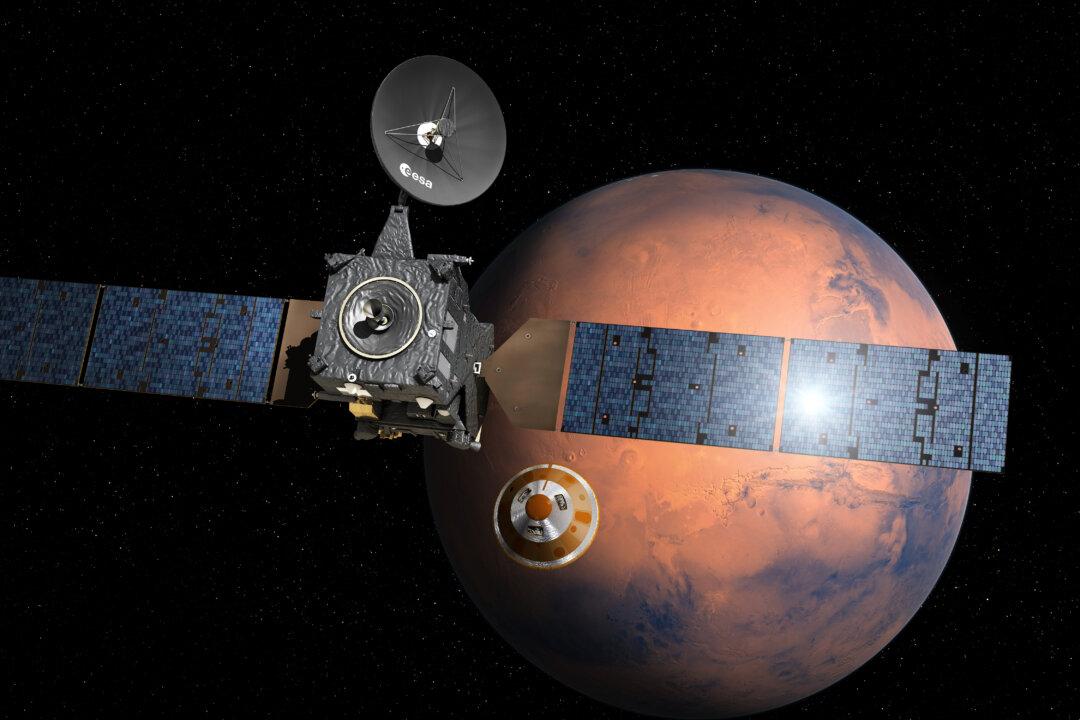“It (could be) life Jim, but (perhaps) not as we know it.” This is not just a sci-fi catchphrase, but also something some planetary scientists have uttered in response to the discovery of methane in Mars’ atmosphere. That’s right—scientists believe that some kind of past or present microbial lifeform on Mars could have produced the methane. While it is far from the only possible explanation, it is actually so plausible that a special mission is being sent there to find out.
The first part of what could be a series of missions—the European Space Agency’s ExoMars Trace Gas Orbiter—launched on March 14 from Baikonur in Kazakhstan and I watched nervously after having spent 13 years working on one of its instruments. Needless to say, it was one of the most exciting and nerve-wracking days of my life.
Many Possibilities
The mission is an orbiter that will map trace gases in the atmosphere of Mars, over an entire Martian year (two Earth years). Of course the methane in the atmosphere doesn’t have to be from microbial life, it could also be caused by cosmic dust or geological processes. ExoMars will test for current geological processes that might be releasing the methane. If all goes well this mission will be followed by a more ambitious ExoMars Rover, designed to test for traces of ancient life, that will launch after 2018.

